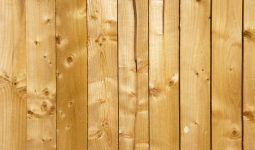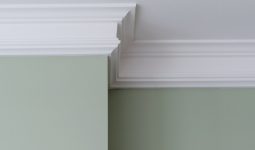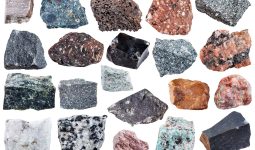Making your home more sustainable will not only save our planet but it is also good for the environment.
It just means developing the space in which you exist and making it healthier and pocket-friendly.
From slight tweaks to big overhauls, here are some excellent eco-friendly home improvement ideas that help you live greener and smarter.
Energy Conservation
Replacing old appliances is one of the easiest ways to reduce your home’s energy usage and improve efficiency.
New household appliances—mainly refrigerators, washing machines, and dishwashers—consume far less energy than old models.
Thus, be sure to look for the Energy Star on the devices. Therefore, you reduce your carbon footprint and, at the same time, give a favor to your bills that pertain to energy consumption.
While you are at it, you may wish to click here to find out if you are lucky enough to have more resources to invest in your eco-friendly dwelling.
Insulate, Insulate, Insulate
Right insulation keeps the temperature indoors constant, so the heating and cooling systems are less worked out.
This translates to little use and less energy cost at the end of the day. Besides, the living areas will be safe and comfortable.
Insulate your attic, walls, and even floors. Replace old, very drafty windows with double—or triple-pane windows.
Don’t Forget Your Doors
Doors are common places where homeowners forget to add insulation, yet heat loss can be a major factor.
Use caulk weather stripping to keep drafts out around exterior doors, and consider replacing hollow-core doors with solid ones to improve your house’s insulation.
Renewable Energy
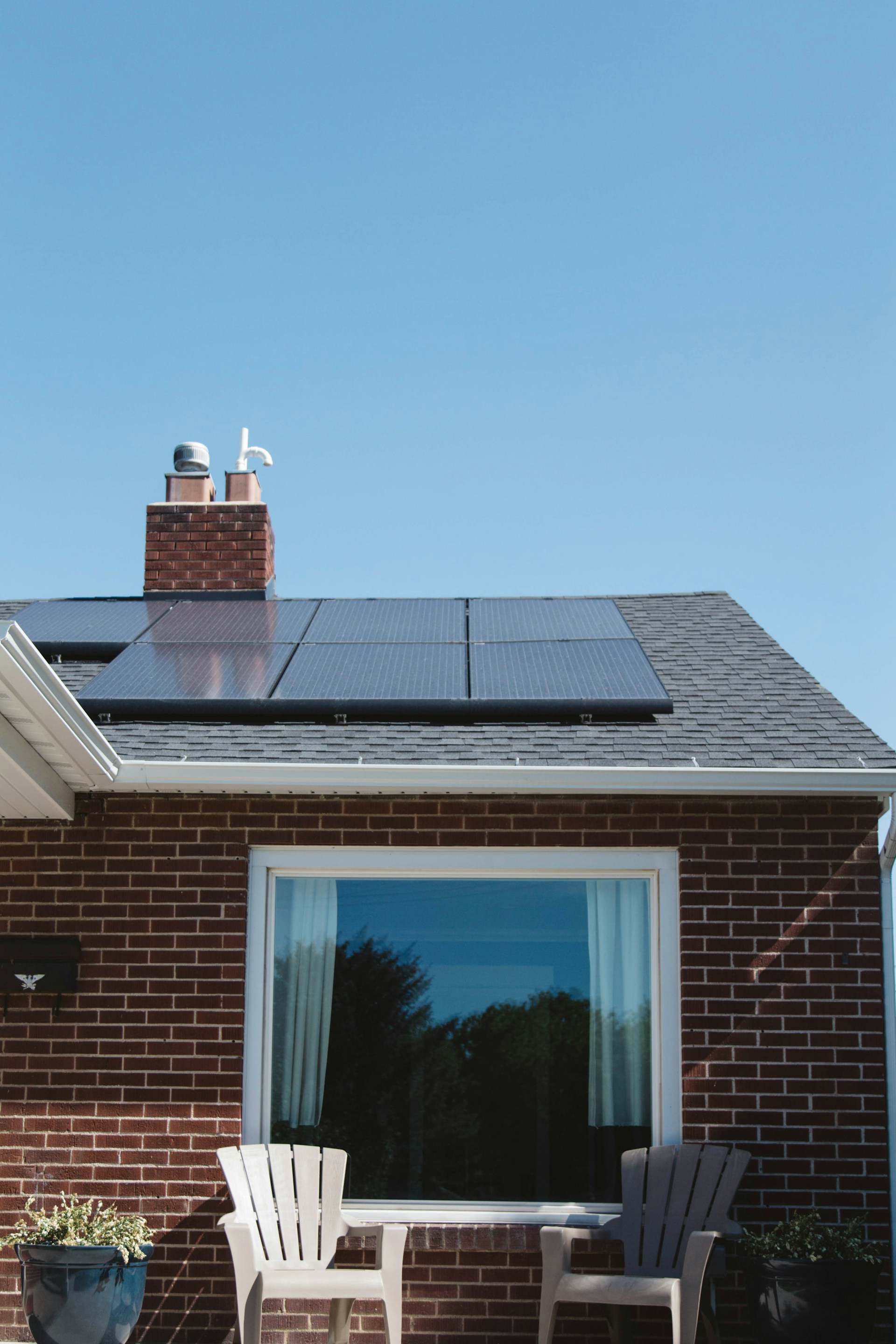
Solar panels are becoming cheaper and cheaper to the extent that the home-owners cannot just ignore them.
Max out the output of the sun and decrease or even cut your use of non-renewable resources.
Yes, one might have to invest some serious money upfront, but in the long run, both financially and environmentally, solar energy is a highly rational choice.
You can often take advantage of regional tax incentives and rebates to help offset the initial cost.
Wind and Geothermal Energy
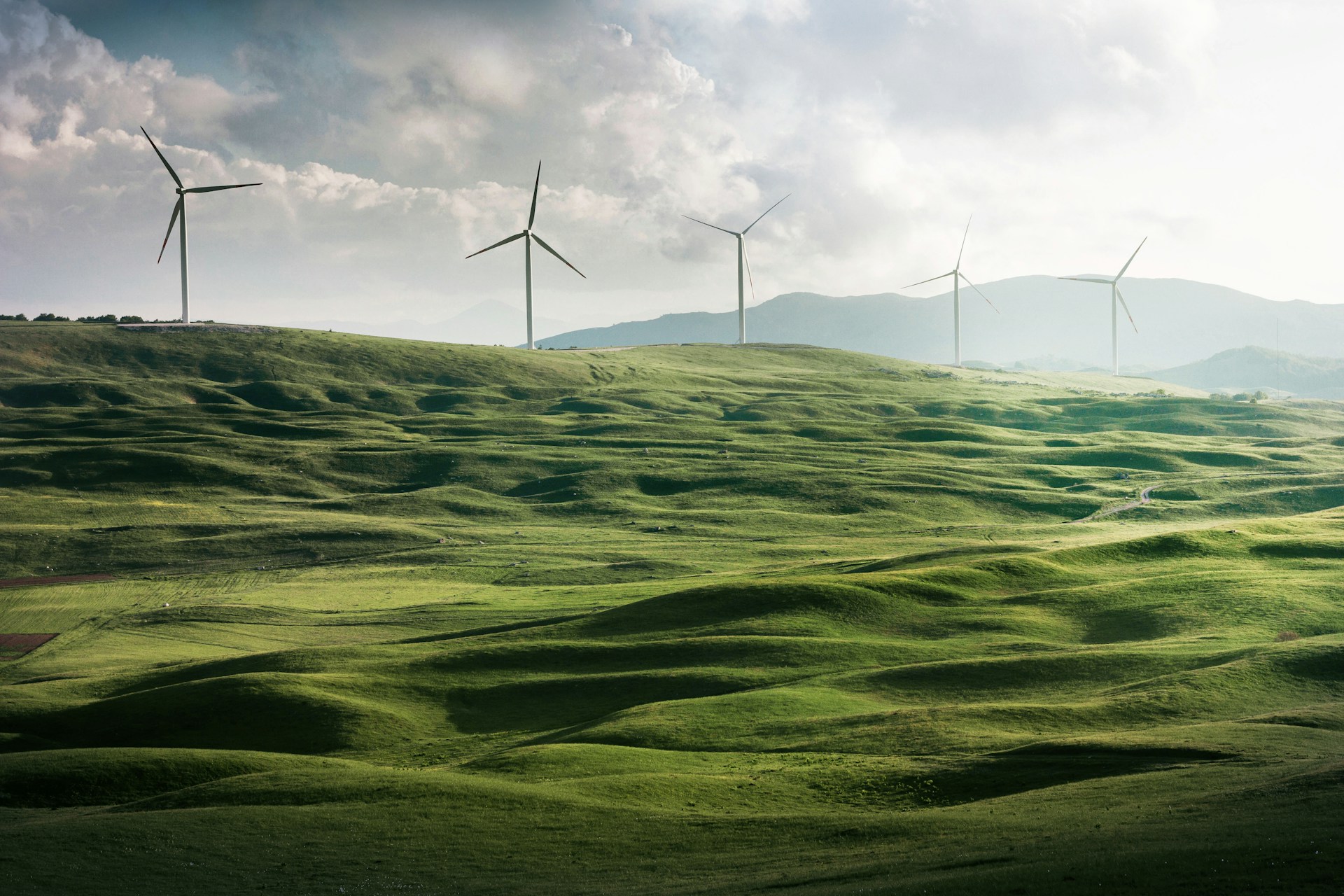
While not as common for homes, if you are really serious about renewable energy, the installation of wind turbines and geothermal systems is also an option.
Wind turbines will need a property with plenty of space and consistent wind; geothermal systems, though, harness earth heat as a natural means of controlling your home’s temperature.
Both are eco-friendly solutions that promise to greatly reduce energy bills, albeit with an initial massive investment.
Sustainable Materials
Select bamboo, reclaimed wood, and recycled metal for green renovation or green building products.
These materials are eco-friendly and give your home an uncommon character.
Low-VOC paint was used to improve the quality of air inside the building.
Recycled Insulation
Use recycled insulation like denim or cellulose rather than traditional insulation material, i.e., fiberglass.
Choices like these help the environment and offer great thermal performance.
Sustainable Landscaping
The area outside your home is as important as that inside when speaking of being green.
Use indigenous plants that have lower water and maintenance requirements.
Use organic fertilizers and pesticides. Also, consider installing a drip irrigation system that gets water right down to the roots of your plants without wasting it.
Small Steps, Big Impact
Making your home feel greener does not need to be extravagant. Start with small projects and then progress to larger projects.
Any little improvement toward eco-friendliness is one step further toward a better future for everyone—the family and the world.
From changing appliances to more energy-efficient units and solar panels to just infusing some eco-friendly materials, these additions make for a healthier and more sustainable place in which one feels good.





